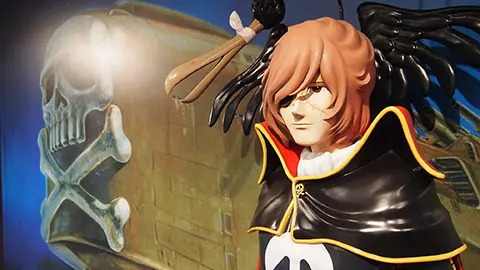VOL.195 AUGUST 2024
EXPLORE THE UNIQUE CHARM OF MANGA IN JAPAN
Kyoto International Manga Museum, a Comprehensive Cultural Facility for Manga in Kyoto
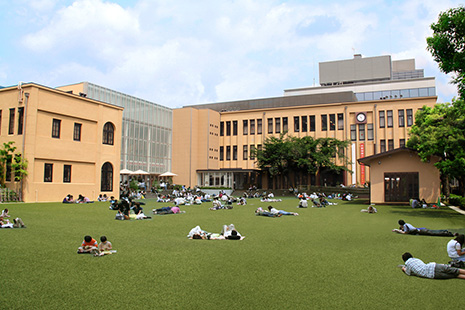
Photo: Kyoto International Manga Museum
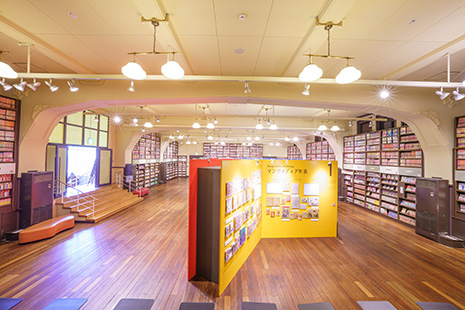
Photo: Kyoto International Manga Museum
The Kyoto International Manga Museum, which opened in Kyoto in 2006 as Japan’s first comprehensive cultural facility dedicated to manga, houses approximately 300,000 manga-related materials. This collection includes both numerous manga volumes from Japan and abroad, as well as studies on manga. It attracts around 300,000 visitors annually, with 10% coming from abroad. A museum staff member provided us with an overview of the facility.
The Kyoto International Manga Museum is located in the heart of Kyoto, just a short distance from Karasuma Oike Station on the subway. Established in 2006 as a joint project between Kyoto Seika University and the City of Kyoto, the museum was founded following a proposal from the university, the only one in Japan with the Faculty of Manga. The university suggested creating a manga library to preserve and utilize valuable manga-related materials. The museum originally opened with approximately 200,000 items donated from individual collectors and bookstores, including those that offered lending services. Since its opening, the collection has grown to around 300,000 items.
We spoke with NAKAMURA Hiroko, responsible for the museum’s public relations, about its features. “The museum combines the functions of a museum and a library. It features permanent and special exhibitions that introduce the history and industry of manga, based on research insights. Additionally, it offers a library-like function where visitors can freely access and read manga. We also hold workshops and events to expand visitors’ understanding and enjoyment of manga,” says NAKAMURA. “Our visitors come from both Japan and abroad, including manga fans and those interested in manga culture. They often share their favorite manga stories and questions openly. Since manga titles and character names can change in translated versions, there have been times when staff have had to work together to determine which work was being discussed. The passion for manga is universal. We have staff who can speak English, so we interact directly with visitors, and sometimes our conversations are conducted through pictorial dialogue, true to manga style, without using spoken language.”

A section where visitors can view the process of creating Japanese manga.
Photo: Kyoto International Manga Museum
One of the features of this manga museum is that it utilizes a renovated elementary school building, which was constructed about 100 years ago. The three-story building includes the main gallery and several other galleries on the second floor, where both permanent and special exhibitions are held. The permanent exhibition answers the question ‘What is manga?’ by explaining the history and development of manga and the manga industry. The exhibits include explanations in English. Also, in the retro former school building, around 50,000 manga volumes (from the 1970s to about 2005) are packed tightly on bookshelves along the walls from the first to the third floor, creating what is known as the ‘Wall of Manga.’
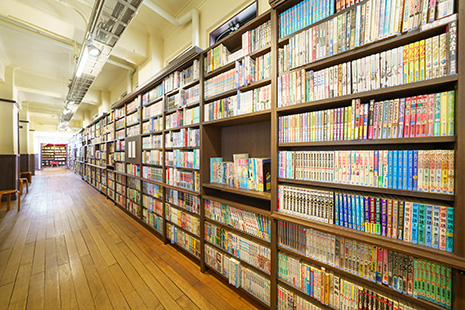
Photo: Kyoto International Manga Museum
There is also a section known as the ‘Manga Expo,’ designed to be accessible to international visitors. “This area features Japanese manga translated into various languages, including English, German, French, Thai, and Chinese, as well as bandes dessinées* published primarily in France and comics from Spain, South Korea, and other countries,” explains NAKAMURA.
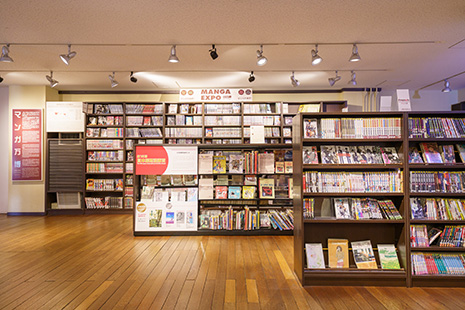
Photo: Kyoto International Manga Museum
Visitors can select their favorite manga and read it freely on the spacious lawn that once served as the schoolyard. “We would be delighted if visitors to Kyoto could also visit our museum and experience the diverse manga culture, works, and creators,” NAKAMURA added.
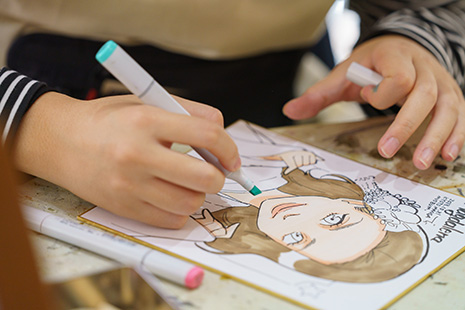
Photo: Kyoto International Manga Museum
* Refers to manga published in French-speaking regions. These are often large-format, hardcover, and printed in full color.
By TANAKA Nozomi
Photo: Kyoto International Manga Museum

